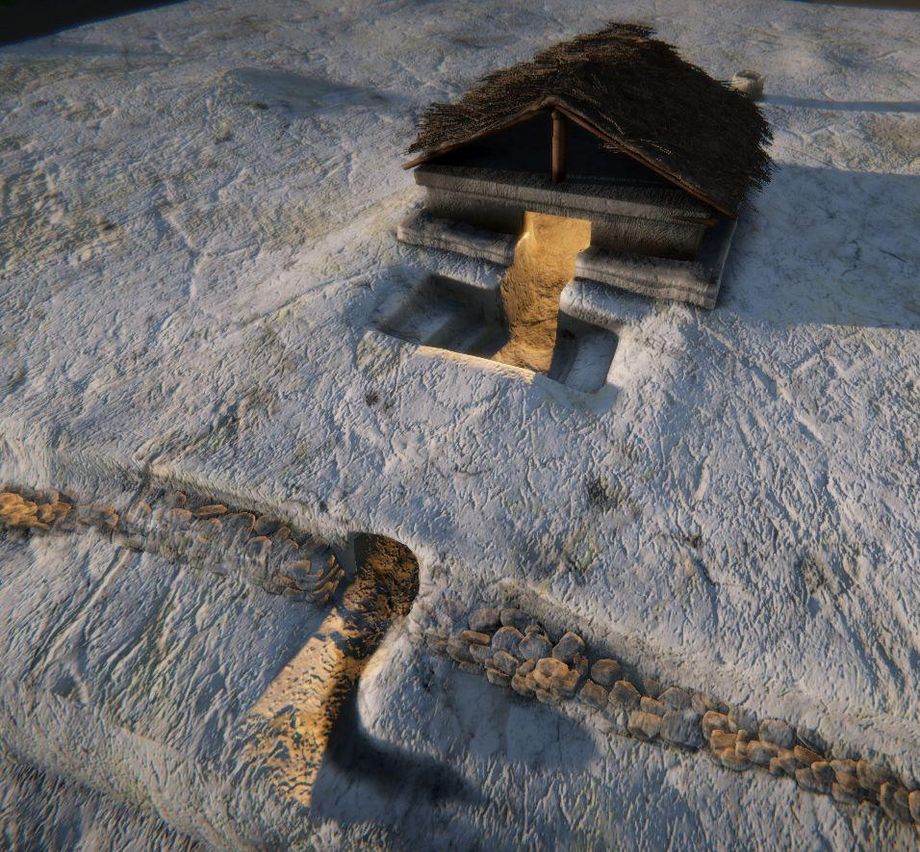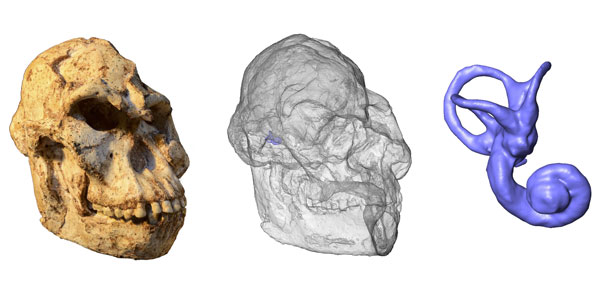IntroductionA few days ago I published a short text called '
Unreported 'Metal Detecting' Reaches Crisis Proportions in England and Wales'. The erosion of the archaeological record this implies is quite an important topic, but - as is usual - the text itself is not being discussed. But the picture I used in the post on my blog is. That's apparently very important for some. You see, the map of population density in England that relates to just one part of the text does not (for some reason - probably that Wales is not England) show Wales. For some, that was somehow reason to dismiss the reasoning it contained. One lady said '
to engage with people about the situation it is hardly helpful to alienate them'. Wales is being alienated she says not picturing it on a map of England. Wales should not feel 'alienated', they have a whole blog to themselves
(Na i PAS ar gyfer Cymru: No to a Welsh PAS). Anyway, let us take a look at what evidence we have from Wales and see if there are grounds for saying that it is
both England and Wales that we can identify a recording crisis when it comes to Collection-Driven Exploitation of the Archaeological Record (and a lot of damaged sites and the concomitant numbers of those 'floating' artefacts decontextualised by collecting - Daubney 2017). Or is Wales in some way different from the rest of the British Isles?
How many Artefact Hunters in Wales?The population of Wales is 3.2 million, how many of them are active artefact hunters and collectors?
In 2011, I guessed that the answer might be 500. I now think this was a low estimate even for then. Some clubs have over a hundred active members (
Gwent Detecting Club for example 150). Clubs come and go, but there are
ten others listed here. The Detecting Wales discussion forum recently had (Hardy 2017) around
3,356 members* these would have included both England-based detectorists crossing the border to search as well as Welsh nationals. Specifically discussing artefact hunting in Wales, Lodwick (2008) is mainly concerned to talk about the successes of PAS in Wales, he does not actually address the issue of how many detectorists the PAS is reaching and not reaching. The first figures that have been advanced and based on what empirical data we have are those of Sam Hardy's careful research. Hardy (2017,
8.2. Secure underestimates) has estimated the number as
around 1,797 Welsh detectorists ('a far larger detecting community[...] than has previously been identified'). Though it seems clear that in addition to these, English detectorists are crossing the border and taking home artefacts from the archaeological record of Wales that are not getting into the Welsh PAS system.
These numbers seem to have been increasing in recent years. We can see this in the case of the number of Treasure items that are being found. Reporting is mandatory, so if we assume artefact hunters with metal detectors are for the most part following the law (which is the position of all who support this hobby) the rise in numbers since 1999/2000 (the beginning of PAS in Wales) - oscillating between 10-15 thousand, and today (
2017 - reportedly 40 cases with the comment that the numbers are still increasing) . If the ratio of '
Detectorists finding Treasure in a year: 'Detectorists finding Treasure in a year' remains more or less the same, rising Treasure find numbers can only mean rising numbers of Treasure hunters out there in the fields. In the ten years 2000-2010 the rate more or less doubled and the same (or maybe greater) rate of growth of the hobby looks like it is happening in the current decade.
How many objects are they finding? The research that lies behind the
Heritage Action counter suggested a national average of just over thirty objects per year were being dug out of the archaeological record by the statistical detectorist that should be recorded so that archaeological information is not lost.
![]() |
| Wikipedia |
There is no reason why this average should not apply to the fertile farmlands of South Wales (Gwent-Glamorgan) or parts of the northern and eastern regions. This is where the majority (about two thirds) of the country's population lives anyway. So to make things fair, let us apply that value to half the detectorists in Wales of Hardy's figures (899 detectorists = 27180 objects) and let us reduce to a paltry in comparison figure of 15 (for the sake of argument) the annual collections of the rest in less abundant areas of the country (900 detectorists = 13478 objects). According to these figures, the total should be therefore
somewhere around 40,660 objects.
How many are being reported?Much smaller numbers. While in the previous years, the PAS records for Wales were mixed in with those from England in the Annual reports, in 2015 a separate report for Wales was published (I have not yet located online copies of the reports for 2016, 2017 or 2018, but the results will presumably not differ hugely)
If we look at the Portable Antiquities Scheme and Treasure
Annual Report for Wales 2015, (which also offers no estimate of numbers of 'detectorists' in Wales by which we can measure the extent of outreach), we find that in that year PAS recorded (p. 2) just 1126 objects (with the usual pat-head information "90% reported by metal detectorists"). This is rather odd as of these
31% (p.12) were lithic items (not detectable by metal detectors - see also Lodowick 2008, 108). On p.5 we learn that PAS normally manages to record c.1500 objects a year. In 20165, the breakdown (p. 10) is lithics 457 objects, Coins and tokens, 709
(48%!) and just
313 other metal artefacts (21%!). In addition:
Over one quarter (27.2%) of the finds recorded via PAS Cymru in 2015 were discovered in England. These were found by metal detectorists living in Wales, finding artefacts in England, but choosing to report their finds in Wales.
The system was overtaxed in 2015:
While artefacts were recorded across Wales, it is apparent that the figures predominantly reflect areas of best current recording coverage, where the PAS Cymru Co-ordinator and volunteer Steve Sell are able to attend meetings monthly. Finds from Swansea (324), Bridgend (108) and Vale of Glamorgan (222) were therefore particularly well represented. Reasonable numbers of recorded finds from west Wales: 135 from Pembrokeshire, 52 from Carmarthenshire and 46 from Ceredigion. These attest to some coverage and recording function being achieved here. The lack of finds recorded from across north-west and north-east Wales is not a true picture of what is found each year, but a symptom of current limited and stretched staffing and coverage in these areas.
So basically the evidence we have suggests that some 1800 artefact hunters with metal detectors (and an unknown number of eyes-only lithics collectors) are exploiting the archaeological record of Wales as a 'mine' for historical collectables. The figures we have suggest very strongly that each year over 40000 recordable items disappear from the record into their pockets, and of these some 1500 annually reach the public record through the PAS. In other words, this means that one in thirty of the disappeared finds get recorded.
Even if Hardy's figures were a vast over estimate, and ours too, the results are still disturbing. Just as a thought-experiment, halving Hardy's estimate of the number of detectorists in a country with a population of 3.2 million to just 900 artefact hunters and assuming they find on average just one recordable item a month would give us 10,800 objects found, which would still mean nine in ten items removed from the archaeological record would be being lost through current UK policies on and models of Collection Driven Exploitation of the archaeological record. But I would stress that there is absolutely no evidence to lower the figures even that far.
*Two years on, it is now
3728Daubney, Adam. 2017. Floating culture: The unrecorded antiquities of England and Wales. International Journal of Heritage Studies 23: 785–99.
Lodwick, M. (2008). ‘Metal-Detecting and Archaeology in Wales’, in S. Thomas & P. G. Stone (Eds.), Metal Detecting and Archaeology: the relationships between archaeologists and metal detector users (Woodbridge: The Boydell Press), 107-18.

 KRAKÓW, POLAND—According to a
KRAKÓW, POLAND—According to a 
 JOHANNESBURG, SOUTH AFRICA—
JOHANNESBURG, SOUTH AFRICA—











